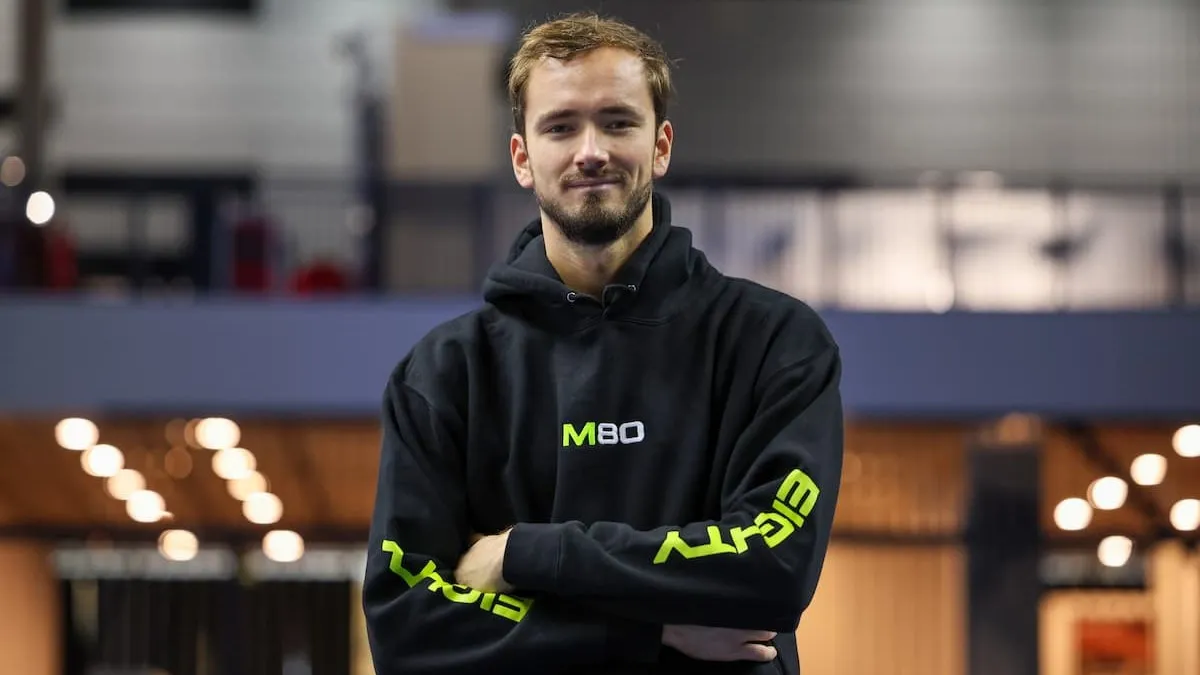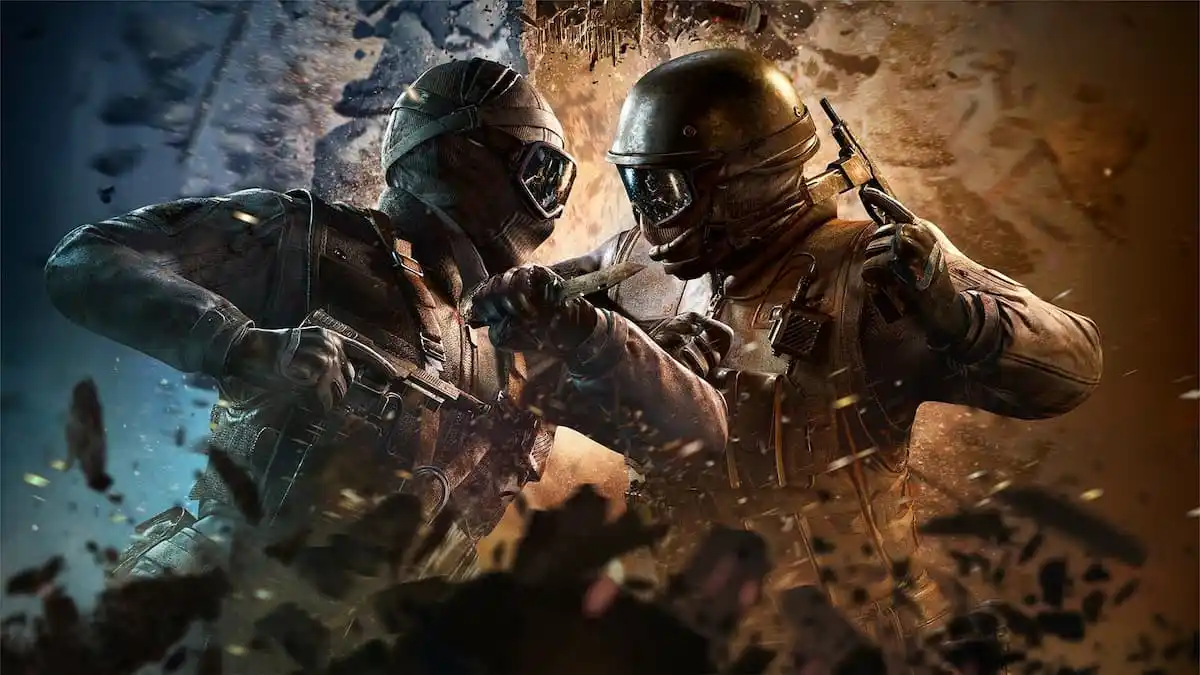After a successful season nine in the R6 Pro League, Fnatic are headed to the Milan Finals.
As one of the powerhouses in the APAC region, Fnatic are definitely a team to look out for in the Milan Finals. But getting to the finals comes with its pitfalls—especially for the APAC region. Fans and players were upset by the quarterfinal matchup between Fnatic and NORA-Rengo because it cuts down the odds of seeing an APAC team in the finals.
Fnatic’s coach Jayden “Dizzle” Saunders talked with Dot Esports about how the team is approaching the finals and his vision for how the R6 Pro League needs to evolve.
This interview has been edited for clarity.
What would you say changed for you as a coach between Fnatic’s loss to NORA in the Six Invitational quarterfinals and the 2-0 APAC finals win?
Dizzle: I wouldn’t say much has changed at all. The Nora loss was not a coaching or strategy issue. The players were not as awake and alert as they needed to be. Unfortunately when we have single elimination in such a prestigious tournament, one bad game is all it takes; that one was ours. I have been constantly making sure players are in bed on time, the water intake is sufficient, and they are actively aware of what we can do to keep us in a ready mental state.
We noticed a Twitter post in which you seemed less than excited for your quarterfinal matchup against NORA-Rengo. Is there anything you would like to see improved upon in terms of the structure of the finals to prevent this type of matchup from occurring in the future?
We have faced Nora Rengo more times than any team has faced any other team in the history of R6 in a LAN setting. We just faced at the Six Invitational, we face every APAC LAN, and we had just played a seeding game to determine who was the top seed and should get the “easier” finals run, only to then have to face them. It makes no sense. It isn’t good for the integrity of the APAC LAN going forward. The teams don’t want to do it and the fans don’t want to watch it.
We play one LAN Pro League every six months. This is the chance to verse and prove yourself against teams and matchups we don’t get to see, and now we just have to fly for 30 hours to play Nora again. Ideally what I would like to see for the integrity and growth as an esport and a league is double elimination at every LAN, even after group stage at our Majors. This way, if we do face, there will still be other matchups and teams aren’t working for six months and flying to the other side of the world for a one and done. If not, then bring back the region protection. But to move forward as a global and serious esport, double elimination needs to come. It is better for teams, fans, sponsors, organizations, and storytelling.
The groups it benefits greatly outweigh the single group it doesn’t and it is time it is seriously considered, just like CS, LoL, and every other successful esport.
There were some close calls this past season, especially with Oddity. Can you explain what goes into strategy choices in those close-match situations?
In order to make APAC LAN, you need to place top two in the region. For us, that is ANZ. We have a substitute player that we wanted to provide some game time to for some games and we would rather play just standard Siege, rather than show anything new we may be developing. We like to save this for APAC LAN if needed and then Global Finals then we make it. This is a common trend among teams—just playing the long game.
Taking a look at other divisions Fnatic may come up against in Milan, which division do you feel you understand best from a coaching perspective and why?
We understand all regions on a fundamental level. North America play Siege in a very disciplined way, but some teams from Europe do also, like the Russian team of Team Empire. LATAM plays similarly to us, so that makes it easy to comprehend how things will develop.
Siege has reached a point where regions don’t have their own meta anymore and teams develop their own. This is mainly because of how many operators we have and how many ways there are to solve issues. This will continue to develop down this path as the operator pool and the game further develops.
What does a typical day at the Fnatic HQ look like during a boot camp?
Usually, we wake up at about 9am. We get ready for the day and then walk to the HQ. It is a 15-minute walk and is always nice to get some fresh air and sunshine. Once we arrive, we get some breakfast and go over what the day will entail and the areas we would like to focus on. We will film content and do an interview if we have any on that day. We start our first practice session at 1pm until 4pm roughly. We then will eat lunch and discuss the previous session and what we can improve on and what we would like to do for the next session. The next practice block will start at about 7pm until 11pm. We will then have some dinner and debrief. We will have some free time to unwind and play other games, watch GoT as a team when it is on, and then head back to the apartment to sleep.
What is your overall vision for R6 esports in the future? Is there anything you’d like to see done differently?
I would like to see more teams at LAN. Sixteen teams for every LAN is ideal. I would like double elimination at all Pro League Finals and Majors. Ideally, we would do one of two things.
The first option would be to franchise a league and have all games in that league at a LAN setting similar to League of Legends. We would hold invites and Majors throughout the year also.
The second option would be to stay without franchise but greatly increase the number of minors we hold and greatly improve coverage for these, as well as play our Pro League for spots at the Majors and we could have more minors that could invite more teams to these events. Overall, [I’d like to see] more R6 at more LANs with more teams and better coverage.






Published: May 17, 2019 03:02 pm